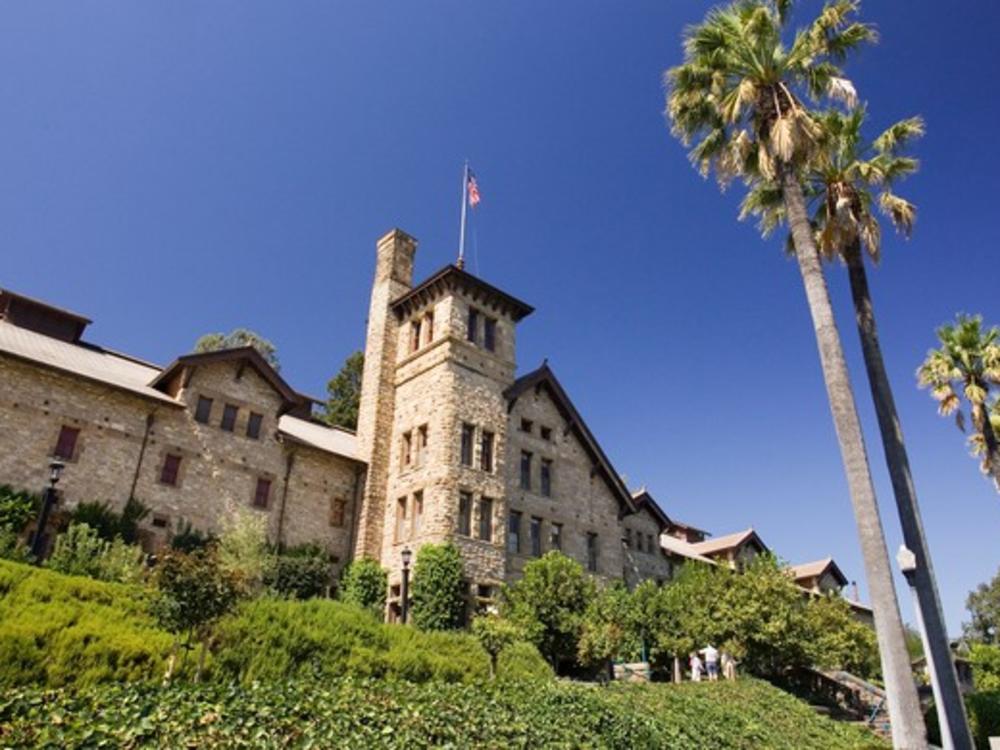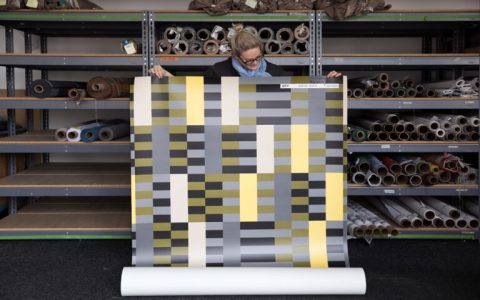Napa Valley's architecture is defined by a distinctive blend of functionality and aesthetic harmony with its world-renowned wine country landscape. Its uniqueness stems from specific design philosophies and practical considerations:
Deep Integration with Terroir
Buildings prioritize showcasing the landscape, employing elements like extensive vineyard views, positioning structures against hillsides for temperature regulation, and utilizing natural slopes for gravity flow in winemaking.
Predominant Mediterranean Influence
Reflecting the climate similarity, Mediterranean Revival is a cornerstone style, characterized by:

- White or Earth-Toned Stucco Walls: Reflects sunlight and blends with the terrain.
- Terra Cotta Tile Roofs: Provides thermal mass, absorbing heat during the day and releasing it slowly at night.
- Arches and Arcades: Offer shaded walkways and transition zones, tempering the strong sunlight.
Farmhouse Practicality & Materials
A functional, agrarian sensibility often merges with elegance:
- Reclaimed Wood and Rustic Timber: Used extensively for siding, beams, and structural elements, evoking heritage and warmth.
- Corrugated Metal Roofs: Practical, durable, and increasingly accepted for wineries and utility buildings.
- Stone Foundations & Accents: Drawn from local quarries (like volcanic basalt), grounding structures.
Wine-First Design Philosophy
Architecture explicitly serves the winemaking process:
- Low-Profile, Horizontally-Oriented Forms: Minimizes visual impact and aids in maintaining stable internal temperatures.
- Strategic Placement of Production Areas: Barrel rooms deep in the earth or hillsides leverage geothermal cooling.
- Seamless Guest Flow: Design incorporates intuitive pathways connecting visitor experiences (tasting rooms, tours, outdoor areas) while ensuring production efficiency isn't compromised.
Blending Tradition with Modernism
Contemporary architecture pushes boundaries while respecting context:
- Clean Lines & Minimalism: Applied sensitively, using natural materials to avoid starkness.
- Innovative Use of Concrete and Glass: Concrete provides thermal mass and sculptural form; glass offers light and views while achieving high thermal performance.
- Understated Luxury: Luxury is expressed through craftsmanship, material quality, and connection to place, avoiding overt opulence.
Respectful Scale & Orientation
Buildings maintain human scale, avoid dominating ridgelines, and strategically orient to capture or block sun, harness cooling breezes, and maximize views without disrupting neighbors or the agricultural vista.
Ultimately, Napa architecture's uniqueness lies in its successful synthesis of climate-responsive Mediterranean forms, agrarian materiality, sophisticated but restrained winery functionality, and a profound respect for the valley's natural beauty and agricultural purpose.







